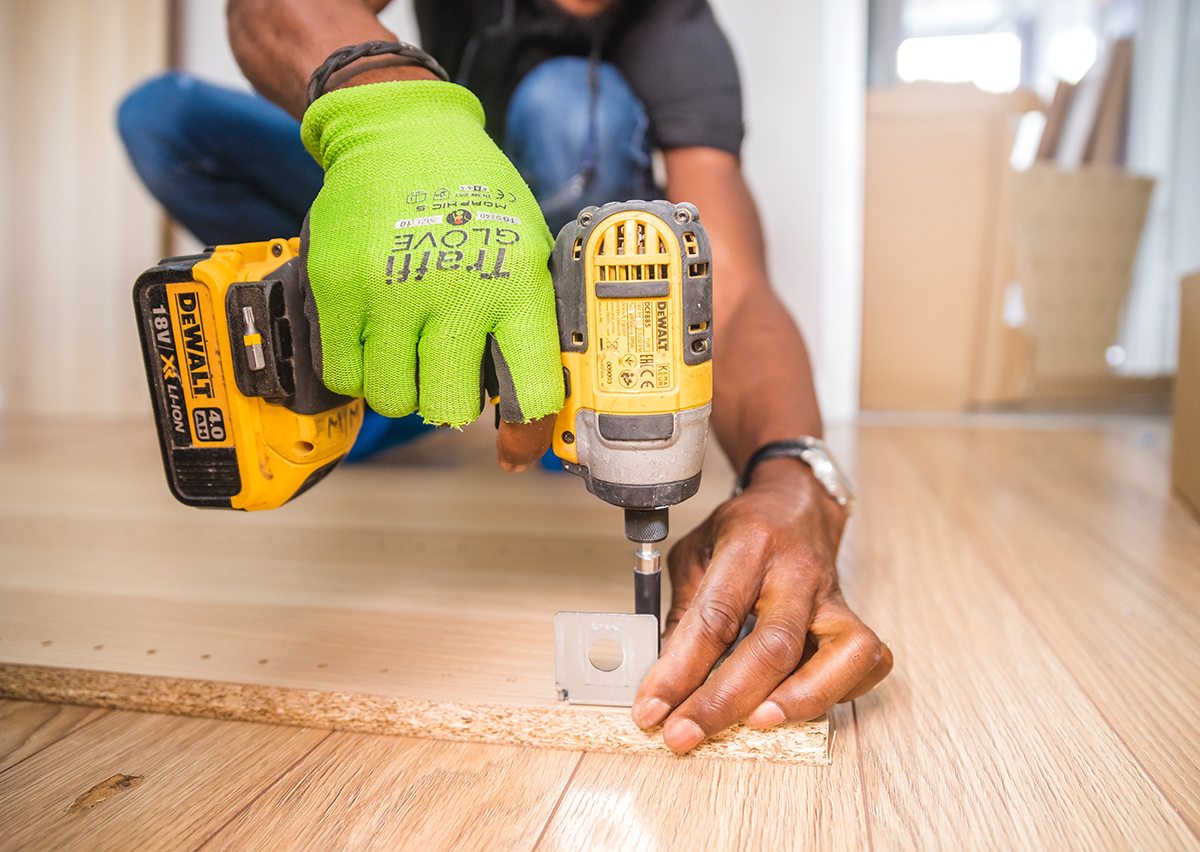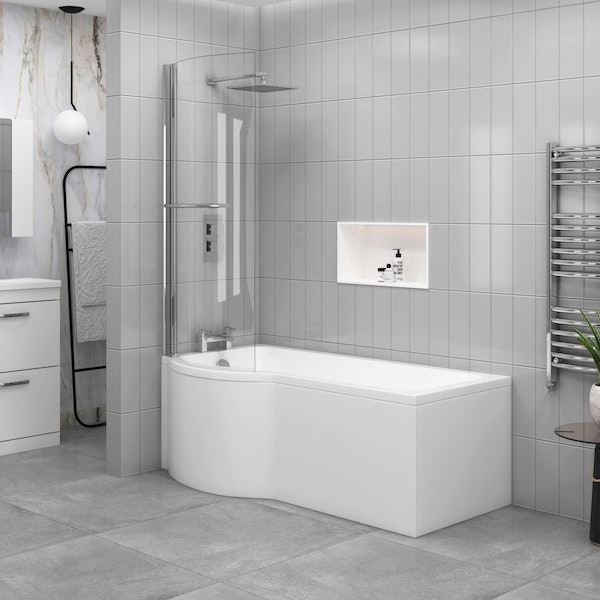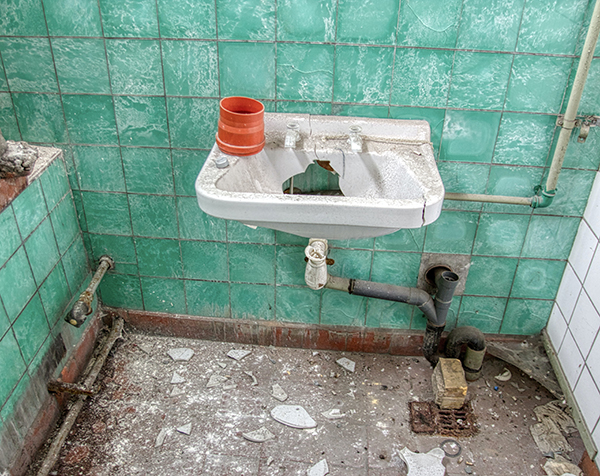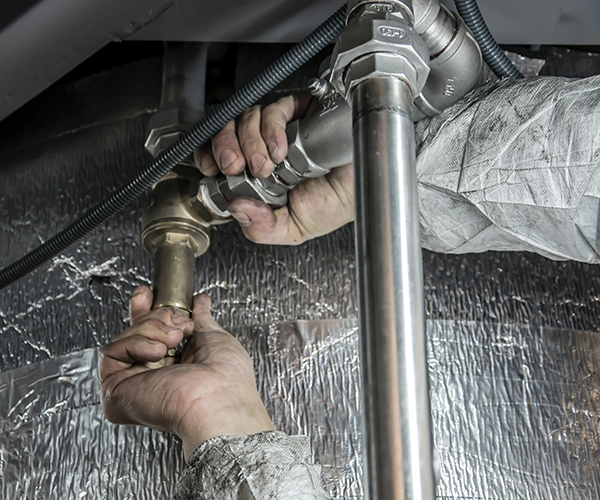
Today, we’ll explore plumbing 101 and enhance your DIY skills for a stylish and functional bathroom.
When it comes to tackling bathroom renovation or repair projects, having a basic understanding of plumbing is crucial. Plumbing plays a vital role in ensuring the proper functioning of your bathroom fixtures and maintaining a healthy and efficient water supply.
In this article, we will provide you with an overview of the plumbing system, discuss its key components, and highlight essential plumbing tools for successful DIY projects.
The Plumbing System: An Overview
To understand the plumbing system, you must first familiarize yourself with its key aspects.
1. Supply lines and drainage systems
Supply lines are responsible for delivering clean water to your bathroom fixtures, including faucets, toilets, and showers. These lines are typically made of copper, PEX (cross-linked polyethene), or PVC (polyvinyl chloride) pipes.
Drainage systems, on the other hand, are designed to carry wastewater away from your fixtures and into the sewer or septic system.
2. Common plumbing materials
Understanding the materials used in plumbing is essential for DIY projects. Copper pipes are durable and resistant to corrosion, making them a popular choice for water supply lines. PEX pipes are flexible and easy to install, making them suitable for both hot and cold water lines. PVC pipes are commonly used for drainage systems due to their affordability and resistance to chemical corrosion.


Key Components of Bathroom Plumbing Essentials
1. Faucets and showerheads
Faucets control the flow of water to sinks, while showerheads deliver water for bathing. These components consist of handles, spouts, valves, and aerators, which work together to regulate your water flow and temperature.
2. Toilets
Toilets are vital components of any bathroom plumbing system. They use water to flush waste into the drainage system. Understanding the mechanics of toilets, such as the flapper, fill and flush valves, can help you troubleshoot common issues like running toilets or leaks.
3. Bathtubs and showers
Bathtubs and showers require both hot and cold water supplies, along with drainage systems. Understanding the installation and maintenance of shower valves, tub spouts, and drain traps is essential for your DIY projects that involve these fixtures.
4. Sink and vanity plumbing
Sink and vanity plumbing includes the pipes, traps, and connections that supply water to the sink and drain away wastewater. Learning how to install and repair sink faucets, traps, and drain assemblies can be valuable for your DIY success.


Essential Plumbing Tools for DIY Bathroom Projects
1. Wrenches
Wrenches are indispensable tools for any bathroom plumbing basics. Adjustable wrenches allow you to tighten or loosen nuts and bolts of various sizes. Having a set of wrenches in different sizes ensures you have the right tool for lots of jobs.
2. Pipe cutters
Plumbing basics for beginners also require pipe cutters that are essential for accurately cutting pipes to the desired length. They provide clean cuts without deforming the pipe. Choose the appropriate pipe cutter based on the pipe material you need to tackle.
3. Plungers and drain snakes
Plungers are essential when you are clearing clogged drains and toilets. They work by creating pressure to dislodge blockages. Drain snakes, also known as augers, are useful for removing stubborn clogs that a plunger can’t handle.
4. Plumber’s tape and putty
Plumber's tape, also known as Teflon tape, is used to create watertight seals on threaded pipe connections. It helps prevent leaks by filling gaps and providing a secure seal. Plumber's putty is a flexible sealing compound used for sealing gaps around drains, faucets, and other plumbing fixtures.
Basic Plumbing Tips and Best Practices
1. Turn off the water supply before starting
Before you begin any plumbing project, it's crucial to shut off the water supply to the area you'll be working on to avoid common plumbing issues. This prevents accidental water flow and allows you to work on the pipes without the risk of flooding or water damage.
2. Properly sizing pipes and fittings
When you are installing or replacing pipes and fittings, ensure they are correctly sized because they are important plumbing system components. Using pipes and fittings of the wrong size can lead to reduced water pressure, leaks, and inefficient plumbing. Consult plumbing guidelines or seek professional advice to determine the appropriate pipe diameter.


3. Avoiding common mistakes
To avoid common plumbing mistakes, make sure you are following best practices such as using proper sealing techniques, ensuring tight connections, and avoiding over-tightening fittings, which can lead to damage. Take care not to mix different types of metals in plumbing connections, as this can cause corrosion.
When to Call a Professional Plumber
DIY Tasks VS Professional Plumbing Tasks
Tackling certain plumbing tasks on your own can be a satisfying and cost-effective approach, but there are situations where it’s best to call a professional plumber.
Understanding the difference between DIY tasks and those that require professional expertise can save you time, money, and potential headaches.
Have a look at the comparison:
| Task | DIY | Professional Plumber |
|---|---|---|
|
Replacing a faucet |
✓ |
|
|
Unclogging a drain |
✓ |
|
|
Installing a new toilet |
✓ |
|
|
Repairing a burst pipe |
✓ |
|
|
Modifying plumbing for a new bathroom layout |
✓ |
Complex installations and repairs
When it comes to complex installations and repairs, it’s wise that you leave them in the hands of professional plumbers. Complex installations may include adding new plumbing lines, installing a bathtub or shower in a new location, or connecting multiple fixtures to a single drainage system.
Similarly, complex repairs may involve fixing major leaks, addressing issues with the main sewer line, or troubleshooting problems in the water supply system.
Permit requirements and local regulations
Another important consideration when it comes to your plumbing project is obtaining the necessary permits and adhering to local regulations. Certain plumbing tasks, especially those that involve significant modifications to the plumbing system or changes to the building's structure, may require permits from local authorities.
Professional plumbers are familiar with the permit requirements in their area and can help you navigate the process.


Conclusion
Your understanding of plumbing basics is essential for DIY bathroom projects. It empowers homeowners like you to tackle small repairs, installations, and maintenance tasks with confidence.
By having a grasp of fundamental concepts, tools, and best practices, you can save money, and time, and have greater control over your bathroom improvements.
But don’t forget, complex installations, major repairs, and tasks involving permits and local regulations should be left to professional plumbers.
